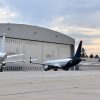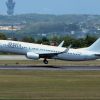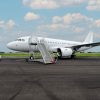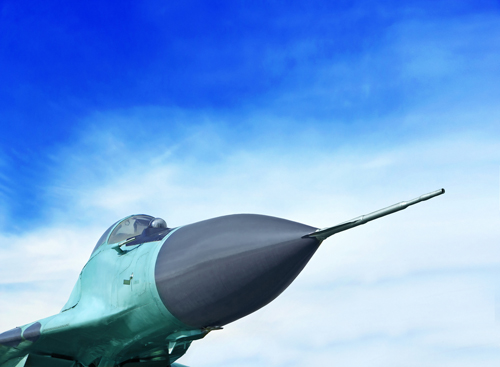
Despite the on-going budget cuts in the military aviation industry, new developments are still among the major factors accelerating its growth. It is forecasted that the industry will receive close to 11 000 new aircraft in the next 10 years. However, with different issues slowing down the introduction of the newest machines, MRO providers are preparing to face increased pressure as concerns appropriate support of the current fleet.
According to Flightglobal’s global military fleet data, in 2014 more than 50 700 combat, special mission, tanker and transport aircraft, combat helicopters and training assets are currently in active use worldwide. In addition, nearly 5 300 are the subject of firm orders, while more that 6 800 airframes are contained within pending orders from potential operators. Russia alone has been developing a diverse range of such new generation military aircraft as Su-35, T-50 and MiG35. Nevertheless, recently more and more such programs have seen delays or cuts as concerns their production rates.
For instance, the U.S. heave recently decided to cut plans for F-35 production for the upcoming 5 years by 17 aircraft, not to mention the delays in introduction of the aircraft caused by many problems, including the most recent incident, during which the aircraft caught fire as the pilot was preparing for take-off. Incidentally, the Russian T-50 has recently encountered the same problem during a test flight. Boeing’s P-8A production plans have also been cut by 8 aircraft with a possibility to be reduced by another 6. As a result, the MRO providers have been preparing to face increased pressure as concerns continuous support of the current fleet.
“One of the most recent trends in the military aviation segment is the growth of its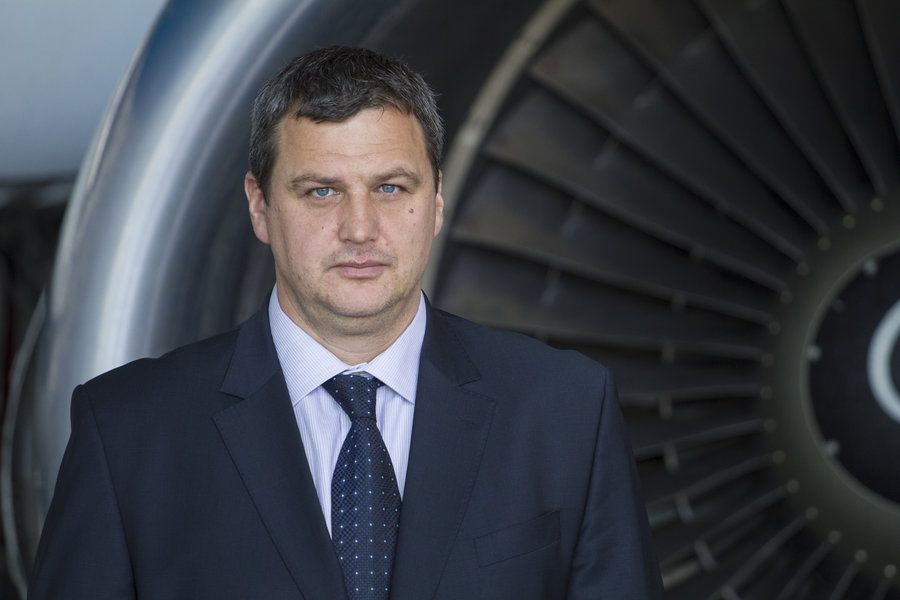 MRO sector, since in the financially challenging times some countries prefer to update or repair their aircraft instead of spending money on new equipment. Nevertheless, delays and introduction-related issues regarding some of the new aircraft have been naturally expanding the trend,” says Arturas Dziugelis, the Head of FL Technics Military Aviation Department. “For instance, as concerns the U.S., some experts say the Pentagon could save money buying more of the F-15, F-16 and F-18 fighter jets already in the arsenal and modernizing the A-10 Warthog, a ground-attack plane. Others even propose halting F-35 purchases until operational testing is completed in 2019. As a result, the average age of military aircraft is increasing and aircraft are becoming increasingly expensive to maintain and operate.”
MRO sector, since in the financially challenging times some countries prefer to update or repair their aircraft instead of spending money on new equipment. Nevertheless, delays and introduction-related issues regarding some of the new aircraft have been naturally expanding the trend,” says Arturas Dziugelis, the Head of FL Technics Military Aviation Department. “For instance, as concerns the U.S., some experts say the Pentagon could save money buying more of the F-15, F-16 and F-18 fighter jets already in the arsenal and modernizing the A-10 Warthog, a ground-attack plane. Others even propose halting F-35 purchases until operational testing is completed in 2019. As a result, the average age of military aircraft is increasing and aircraft are becoming increasingly expensive to maintain and operate.”
According to various statistical data currently such popular American models as F-16, F-18 and F-15, as well as such Russian-built machines as MiG-21/29 and Su-25/27/30/33 remain in the Top10 active military aircraft types worldwide. In the case of U.S. this makes the country’s average military fleet age more than 24 years old. On the one hand, this naturally makes maintenance of the existing fleet more complicated. On the other hand though, experts say the aforementioned issues might indeed lead to quite positive results.
“One should always keep in mind the fact that the development and procurement of new aircraft means that the industry should prepare for the increased demand as concerns specialized MROs capable of working with more sophisticated technological systems. Needless to say, these are not readily available in the market. This is also true of spare parts supply, which is very limited in the case of new products,” shares Arturas Dziugelis, the Head of FL Technics Military Aviation Department. “In the meantime, the situation as concerns parts for older generation aircraft is different, since many of the models which are no longer operated are kept in storage. This means, for instance, that their parts can be easily made available through cooperation with governments, not to mention a well-established pool of appropriately qualified workforce, fully capable of performing all the necessary work. Therefore, a slower pace of new aircraft introduction might give the industry the much needed time for necessary preparation and thus save it from a massive misbalance in the MRO market.”

